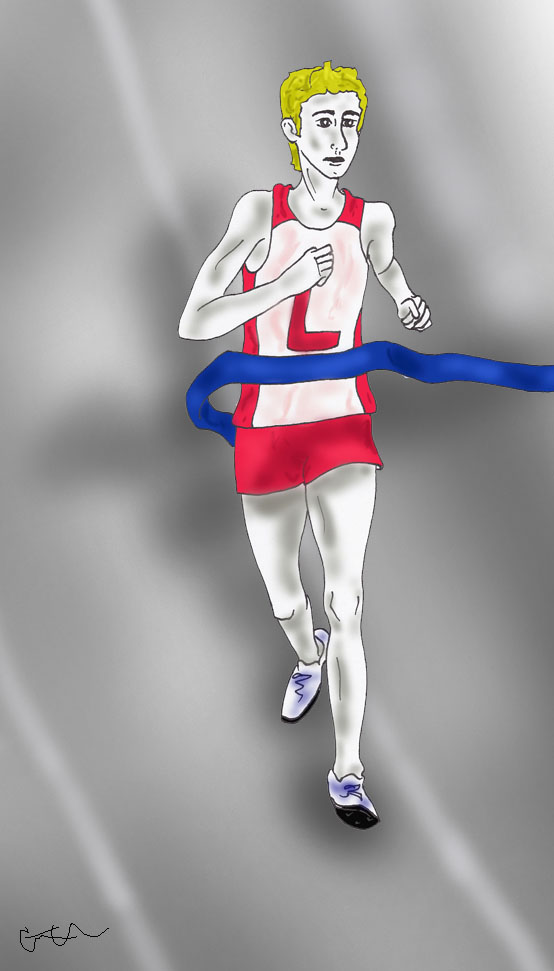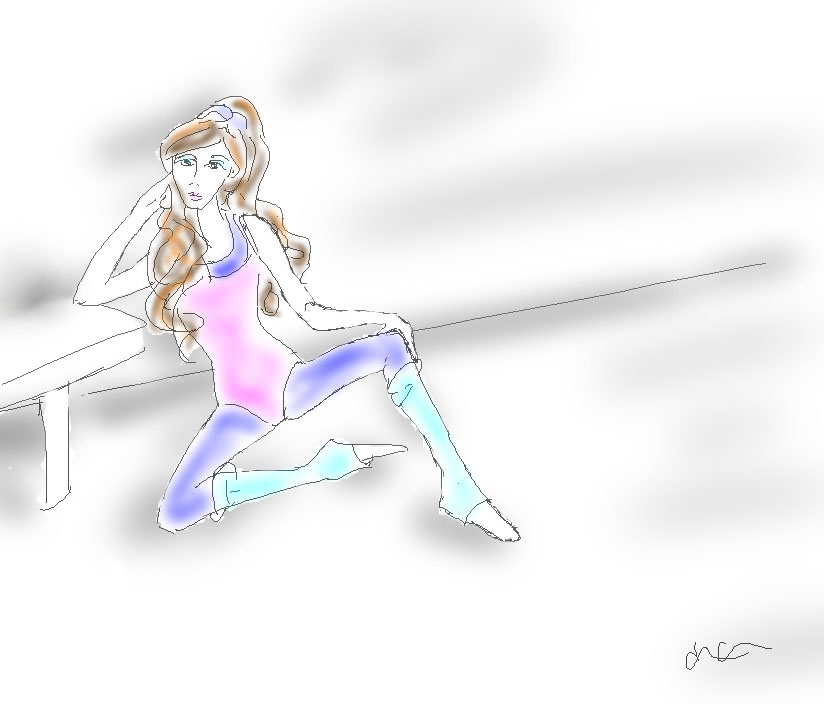As I write this I’m icing my right calf muscle; the little bugger has been a bit cranky as of late so I’m being proactive and giving it a little TLC. Let’s be honest, a runner’s reality (or regular worker-outer) comes with the creaks and squeaks, the moans and groans from the muscles and body, we’re like our own Tin Men and Tin Women. To keep those creaks from turning into the full on screams of injury we’ve got our oil cans in the way of icing, massage, stretching, and the like.
Everyone is different and after awhile we get to know where our squeaks tend to lie; for some it’s the perpetually tight hamstring, the plantar fascia that rears its ugly head now and then, the achilles, the IT band and so forth. Knowing our weak points is important because we can focus on being extra diligent with these areas and do all we can to prevent a flare-up.
If the calf muscles are your weak point, listen up because doing some strength moves in addition to stretching and icing will do you good. In fact, if your achilles are your weak points, working on your calf strength will in fact help with that as well. Actually, even if these aren’t your known creaks and squeaks, strengthening them isn’t going to hurt you and still help you as a runner.

The 3 Way Calf Raise Trick and Achilles Care:
* Forward raise: Find a set of stairs and stand with the toes of both feet on the step; allow the arch and heel of your foot to hang off the back of the step and hold onto a rail for balance. Point both toes forward and lower your heels down until they are below your toes and as far down as you can reach without your toes leaving the step. Now raise up and onto your toes in a slow, controlled movement. Lower yourself back down and repeat for a set of 10-15 raises.
* Inward facing raise: With your toes on the same step, now point your toes inward so they are facing each other. Lower your heels down until they are below your toes on the step and raise up onto your toes just as you did the first time. Keep the motions slow and controlled to work the muscles; lower and repeat for a set of 10-15.
* Outward facing raise: This time point your toes away from each other, your heels will be nearly touching. Do the same lowering and then raising motion and repeat for a set of 10-15.
Start out with doing just one set of each raises and gradually work your way up until you are doing 2 to 3 sets. Be sure not to just whip through each raise and cheat a bit with momentum, it’s better to slow down so that the muscles have to really work.
By doing them in three different directions it works both of the calf muscles (the soleus and gastrocnemius) from three angles; because when you’re running you aren’t always on the same, even terrain, you take turns, you step on angles, rocks, etc. and so you aren’t always working those muscles from a single, laterally forward position. This way when you’re out running, if you step on a curb or rock funny your calf muscles won’t be so shocked and you’ll have less chances of running into an injury.
The same theory applies to your achilles tendon and by strengthening the muscles by which this tendon inserts at the top you can stave off achilles issues.

When I'm injured I'm more likely to punch a poor person in the face due to cross-training induced grouchiness. 😛
Taking care of your little squeaks, creaks, and injury prone spots will not just save your sanity in being faced with an injury that makes you take time off but it will vastly improve your running. We all know that consistency, and being HEALTHY enough to run those workouts, are the key to being your best.
Take those oil cans, lube up, and run happy. 🙂
1) Do you have calf or achilles issues? What is your squeaky wheel?
Usually it’s the top of my hamstring right up by the glute.
2) Do you do calf strengthening moves at all?
3) What are some of your favorite strength moves, do they target some of the spots you tend to get injured?
4) If you were in Dorothy’s parade which character would you choose to be?
Hmmm…I guess the Scarecrow, he looks like he could move and run at a decent pace. Actually, scratch that, I think ToTo could beat him.









